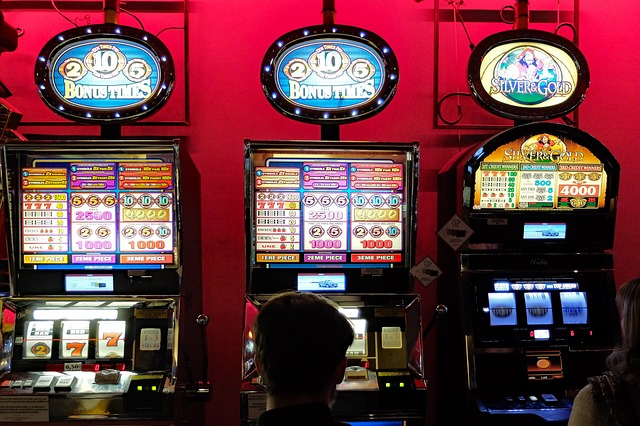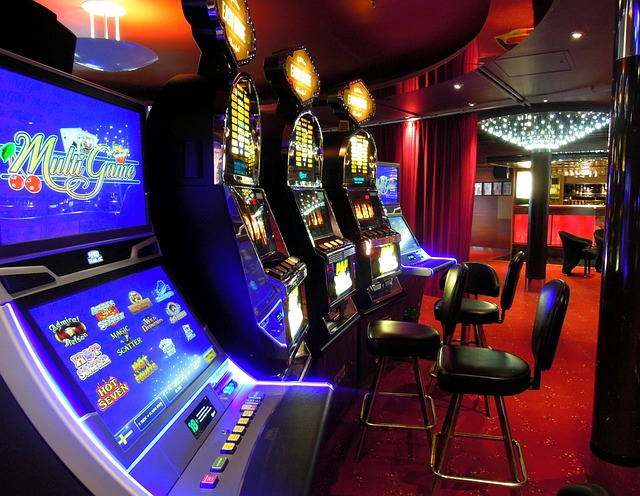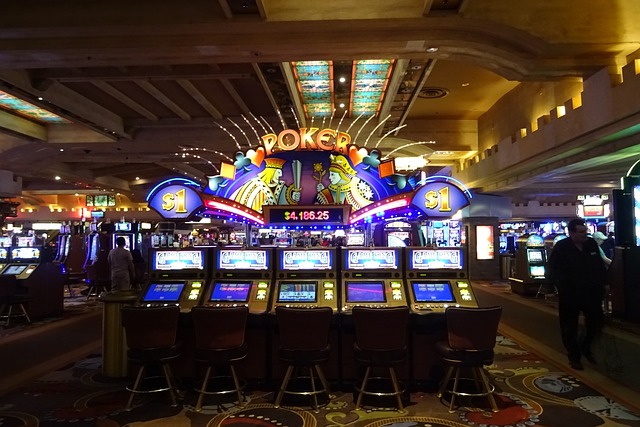Branded slots borrow art, music, and characters from films, TV, or games. The promise is familiarity and big-production polish. The question is whether licensing improves the math you play—or just the marketing you see.
What licensing changes under the hood
Licensing fees and royalties raise production costs. Studios often recoup that spend with mechanics that push volatility or by trimming base-game returns. You might see the same reel engine as a non-branded title, wrapped in premium audio and cutscenes.
Branded deals also constrain design. Studios must satisfy IP owners, so features skew toward “on-brand” moments rather than pure player value. The result can be longer bonus buildups and more cinematic pauses, not necessarily better expected returns.
At-a-glance comparison
| Aspect | Branded Slots | Original/Non-Branded |
|---|---|---|
| RTP & costs | Often average to slightly lower | Wider range, more high-RTP picks |
| Volatility feel | Showy bonuses, longer droughts | Flexible: from low to ultra-high |
| Feature pacing | Cinematic, slower between triggers | Tighter, math-first pacing |
| Audio/visual polish | Premium production | Varies, sometimes minimalist |
Math vs presentation: where value lives

RTP, hit rate, and feature frequency decide session feel. Branding does not change those levers on its own. If a branded slot hides a modest RTP behind spectacle, your bankroll still faces the same grind—just with better music.
Be wary of “must-see” bonus clips. A high-volatility bonus can look incredible while being rare and streaky. If you’re session-budget constrained, smoother non-branded titles may deliver more minutes of play per dollar.
Quick rules of thumb
Pick math, then theme. Decide your volatility band and spin budget first.
Favor games publishing RTP choices; pick the highest available setting.
If the base game feels empty without the bonus, lower stakes or switch titles.
When branding actually helps
Branding can improve onboarding. Familiar sounds and symbols reduce cognitive load, so casual players learn pay symbols faster. For social sessions or VR lounges, recognizable IP keeps attention and makes group play lively.
Some licenses add real mechanics: layered sound cues that telegraph feature states, progressive side pots tied to iconic events, or voiced prompts that clarify multipliers. If these cues help you time sessions around value (e.g., must-drop tiers), branding earns its keep.
Common pitfalls to avoid
Don’t mistake nostalgia for edge. A theme you love can mask weak math.
Avoid side bets that “unlock” branded sequences unless you can afford the higher cost per minute.
Long cutscenes feel great; they don’t add expected value. Use fast-play if offered.
Buying smart: a simple pre-play checklist

Treat branded titles like premium cosmetics over standard engines. You’re paying with attention and possibly with a slightly leaner RTP. Enter with a plan and you’ll keep the spectacle while controlling risk.
Checklist before you press spin
- Confirm RTP option and pick the highest setting.
- Identify volatility; match unit size to survive droughts.
- Test 100–200 spins to sample feature frequency.
- Timebox sessions; don’t chase a “movie scene” bonus.
- Log cost per minute with and without any branded side bet.
If the sample shows long dry stretches and tiny base hits, reduce bet size or switch to a non-branded cousin with similar mechanics. Your journal will reveal whether the theme helps focus or just stretches losses over pretty animations.
